What is a Spinning LED Display?
A spinning LED display refers to a visual display device that uses LED modules mounted on a rotating mechanism to create captivating 3D effects and animations. The key components include:
– LED modules – Contain hundreds to thousands of individual LEDs that can be controlled to produce different colors and brightness levels. Common LED types used include SMD and COB for their high brightness.
– Motor – Spins the LED modules at high speeds, typically between 600 to 1200 RPM. High precision brushless motors are most commonly used for their reliability, low noise, and minimal maintenance requirements.
– Control board – Manages the timing and synchronization between the LED modules and the motor’s spinning. Processes the input signal and maps graphics to the LEDs.
– Sensors – Optical encoders detect the position of the spinning LED modules to communicate it to the control board and ensure proper image mapping.
– Protective casing – Made of materials like metal, plastic or polycarbonate to house and protect internal components from weather elements and impacts.
The spinning LED display operates on the principle of persistence of vision. As the LED modules rapidly spin, they display partial images many times per second. The human eye perceives these sequential partial images as one complete and seamless image due to persistence of vision. This creates an illusion of a 3D graphics or video floating in mid-air.
- The Core of Spinning LED Display
- Types of Spinning LED Displays
- Structure and Function of Spinning LED Displays
- Technical Difficulties of Spinning LED Displays
- How Does Spinning LED Display Work?
- Does the Spinning LED Display Need Batteries?
- Can the Spinning LED Display Be Installed On Something Other Than a Motor?
- What are the Modes of the Spinning LED Display?
- Can the Spinning LED Display Change the Image?
- Spinning LED Display Durability
- Conclusion
The Core of Spinning LED Display
Spinning LED displays utilize LED modules mounted on a rotating base to create visually striking effects. The key components include:
– LED modules – Contain individual LEDs arranged in various shapes like circles, hearts, stars etc. LEDs allow for bright, energy-efficient and long-lasting displays.
– Motor – Spins the LED modules at varying speeds, typically between 600-1200 RPM. Brushless motors are quiet, reliable and require less maintenance.
– Control board – Controls the spinning motion and processes the input signal to display images, videos or animations on the LED modules as they spin.
– Software and connectivity – Enables wireless control via WiFi, Bluetooth or RF modules. Compatible with various graphics formats and resolutions.
– Power supply – Supplies consistent DC voltage to the LED modules and electronics. Rechargeable batteries or AC power can be used.
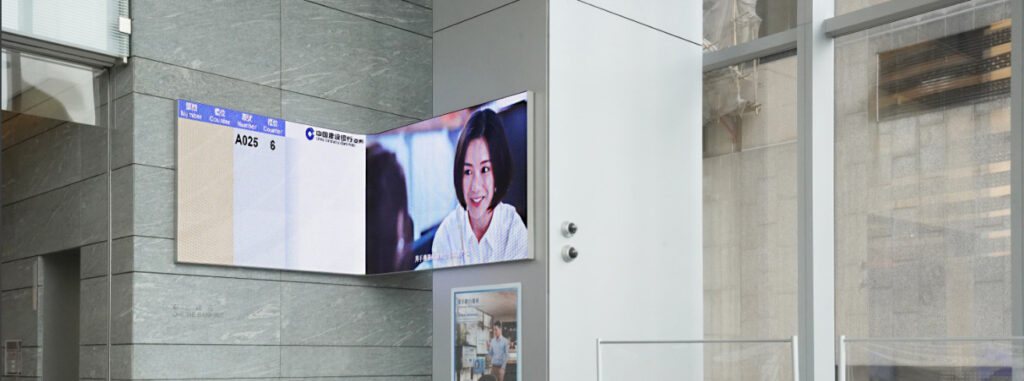
Types of Spinning LED Displays
There are two main types of spinning LED displays:
1. Single-sided – LED modules are mounted on one side of the rotating base. Best for displaying to audiences on one side.
2. Double-sided – LED modules mounted on both sides of the spinning base. Allows viewing from both sides simultaneously.
Structure and Function of Spinning LED Displays
Spinning LED displays have a simple structure comprised of the LED module disc mechanically coupled to the motor shaft. The motor spins the LED disc at high speeds, while the control board mounted below synchronizes the LEDs to display pre-programmed images.
As the LED modules spin, the persistence of vision creates an illusion of a complete image or video floating in air. Spinning LED displays utilize this visual effect for marketing, branding and capturing audience attention.
The built-in software and wireless connectivity allows for easy upload of graphics and remote control of the spinning motion and brightness.
Technical Difficulties of Spinning LED Displays
Some common technical challenges involved in spinning LED displays include:
– Vibration and noise – The high-speed rotation can cause vibrations and noise which need to be minimized through balanced designs and sound-dampening mounts.
– Pixel accuracy – The control system needs to map graphics to individual pixels and update the LEDs precisely as they spin to ensure image integrity.
– Heat management – LEDs and electronics generate heat which should be dissipated via heatsinks and fans to prevent failure.
– Interference – Electrical noise and interference needs to be shielded to prevent disrupted signals.
– Mechanical wear – Continuous spinning puts mechanical strain and can gradually loosen parts. Regular inspection of mounts, motors and connections is required.
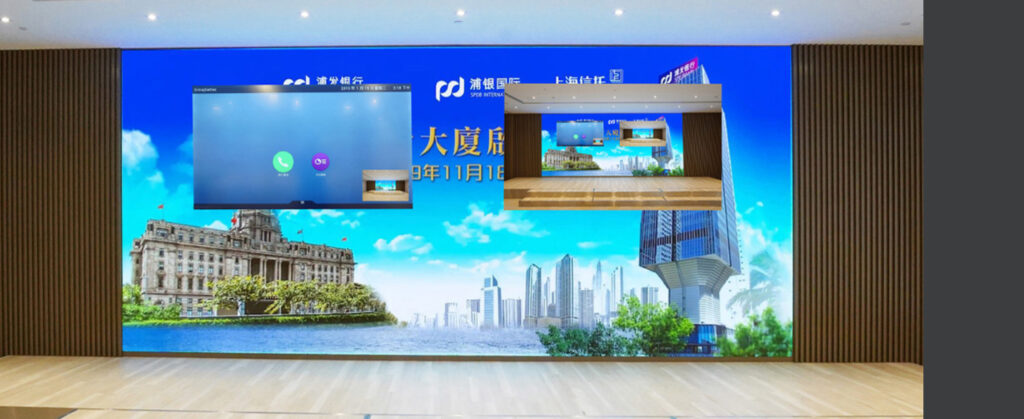
How Does Spinning LED Display Work?
A spinning LED display works by utilizing the concept of persistence of vision – exploiting the visual effect where the human eye momentarily retains an image even after it has disappeared.
As the LED modules rotate at 600+ RPM, the control board rapidly lights up the LED pixels multiple times per second to display a complete image or video. The refresh rate is fast enough that the human eye perceives a persistent, floating image rather than seeing discrete LEDs spinning.
By synchronizing the timing and positioning of the LEDs with the spinning motion, seamless graphics and animations can be displayed. The end result is a visually appealing 3D-like effect.
Does the Spinning LED Display Need Batteries?
Spinning LED displays do not necessarily require batteries. Small displays may use batteries to allow for portability, while larger displays typically use AC power.
Rechargeable lithium-ion batteries provide benefits like cordless operation and installation flexibility. But batteries increase weight, ongoing charging requirements and operating costs.
For permanent installations, AC power may be preferred to eliminate battery costs and maintenance. Hardwired AC power connections offer continuous, reliable operation without capacity limitations of batteries.
Can the Spinning LED Display Be Installed On Something Other Than a Motor?
While motors provide automated spinning, some displays allow for manual spinning installation:
– Ceiling fans – LED modules can attach to ceiling fan blades to create spinning LED effects as the blades rotate.
– Bicycle wheels – LED panels can mount to bicycle wheels, displaying animations when cycling.
– Vertical axis wind turbines – Similarly, small wind turbines can mechanically spin LEDs using wind energy alone.
However these approaches require external motion to drive the spinning. Motors self-contain the entire system providing convenient, consistent and automatic LED animation.
What are the Modes of the Spinning LED Display?
Spinning LED displays offer various display modes and customization, including:
– Video and graphics – Load video files, image sequences or graphic animations to display.
– Text and messaging – Display rotating text, tickers and customizable messages.
– Rainbow mode – Cycles through multiple colors on the spinning LEDs.
– Custom patterns – Create unique animations that display on the spinning LED modules.
– Music visualization – Audio input synchronizes animations to the rhythm of music.
– Schedule and timer – Program the display to turn on/off and change modes automatically based on set schedules.
– Brightness and speed control – Adjustable settings for desired brightness and spinning speed.
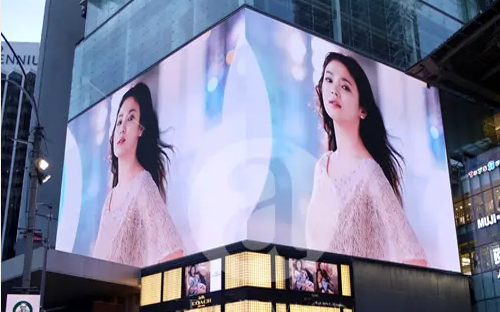
Can the Spinning LED Display Change the Image?
Yes, spinning LED displays allow for complete image, video and text changes by uploading new content to the built-in memory or microSD card.
Wireless connectivity via WiFi or Bluetooth enables remotely updating the graphics from a smartphone, tablet or computer.
Some displays also allow changing parameters like colors, brightness, contrast and rotation direction through the remote control. This provides dynamic control and customization of the spinning LED display.
Spinning LED Display Durability
Commercial-grade spinning LED displays are designed for long-lasting performance with lifespan ratings of 30,000 to 100,000 hours. Key factors affecting durability include:
– LED quality – Premium LEDs resist color deterioration and luminance decay.
– Motor construction – All-metal brushless motors withstand years of continuous spinning.
– Weatherproofing – Waterproof LED modules and electronics allow outdoor operation.
– Impact resistance – Industrial plastics and polycarbonate protect against drops and bumps.
– Dust-proofing – Sealing sensitive components prevents dust buildup and clogging.
– Thermal design – Heatsinks, fans and airflow vents maintain optimal temperature for electronics.
With periodic inspection and replacement of wear parts like bearings, quality spinning LED displays can operate reliably for 5-10 years.
Conclusion
Spinning LED displays provide a visually striking way to display graphics, animations and video. The persistence of vision creates an eye-catching 3D-like visual effect as the LED modules spin at high speeds.
With ongoing improvements in LED brightness, motors and control software, spinning LED technology continues to advance. Brightness levels exceeding 10,000 nits allow for vivid graphics clearly visible even in daylight. Wireless connectivity and video compatibility adds convenience and expandability.
Spinning LED displays are an innovative marketing tool ideal for promotions, Branding, and captivating audiences at events and stores. As costs decrease, creative implementations like on bicycles, drones, ceilings fans and more will further expand applications of this technology.
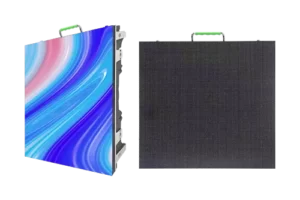
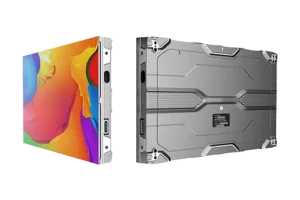
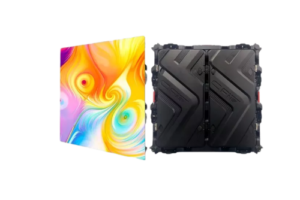
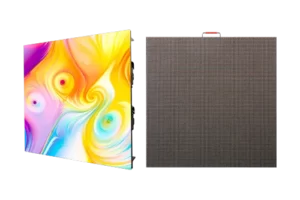
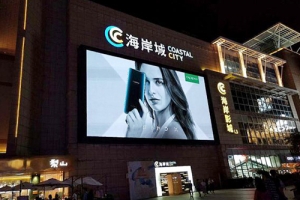
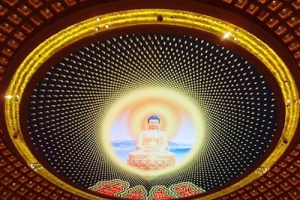
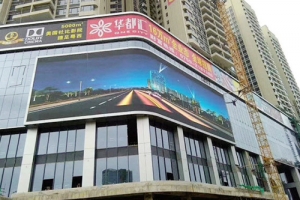
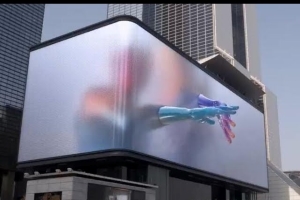
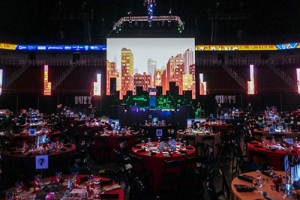
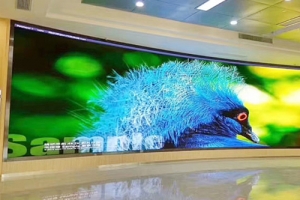
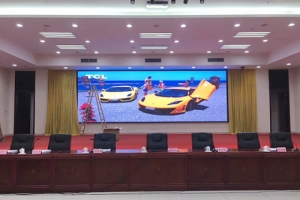
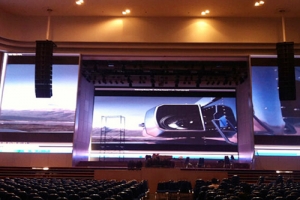

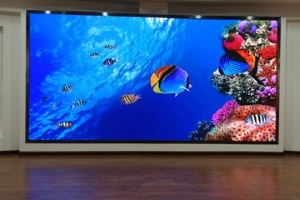

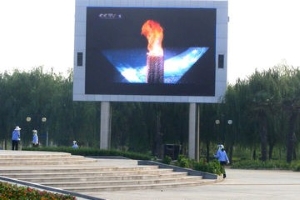
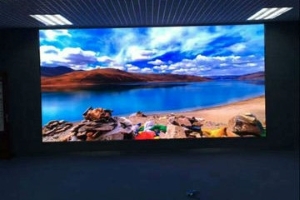

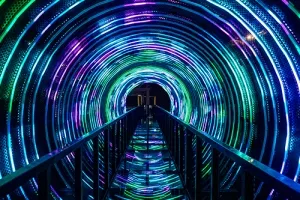
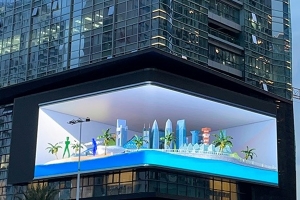


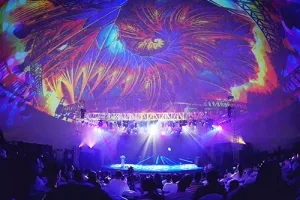

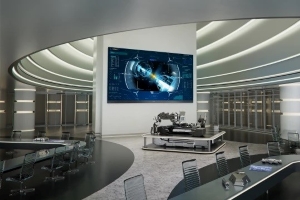



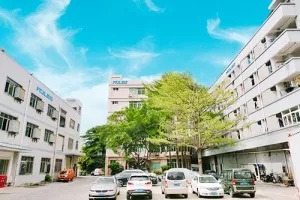


 Language
Language 




